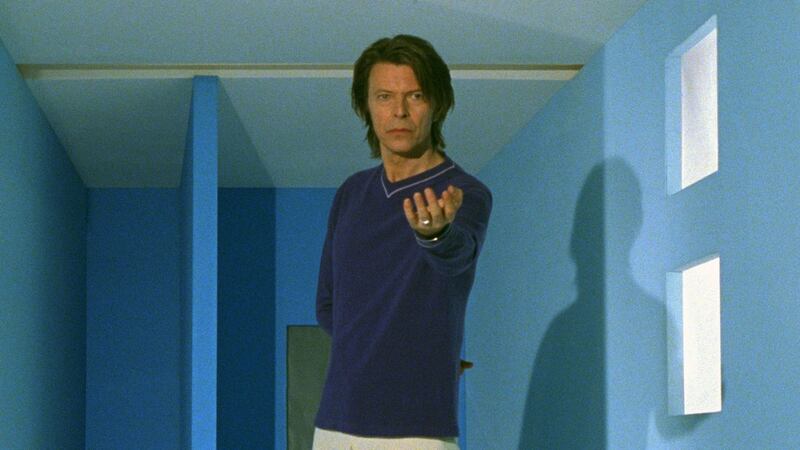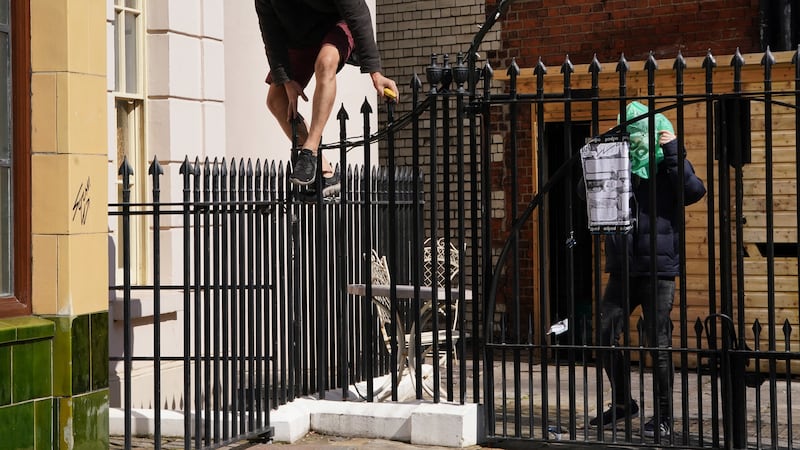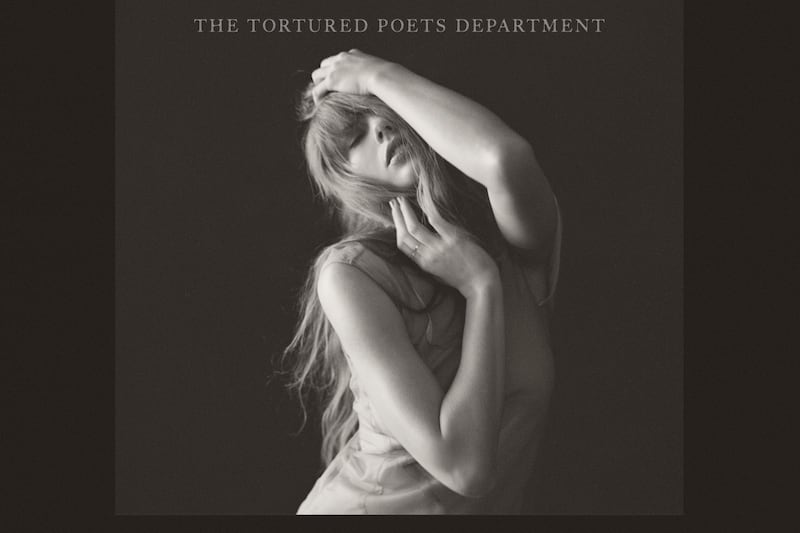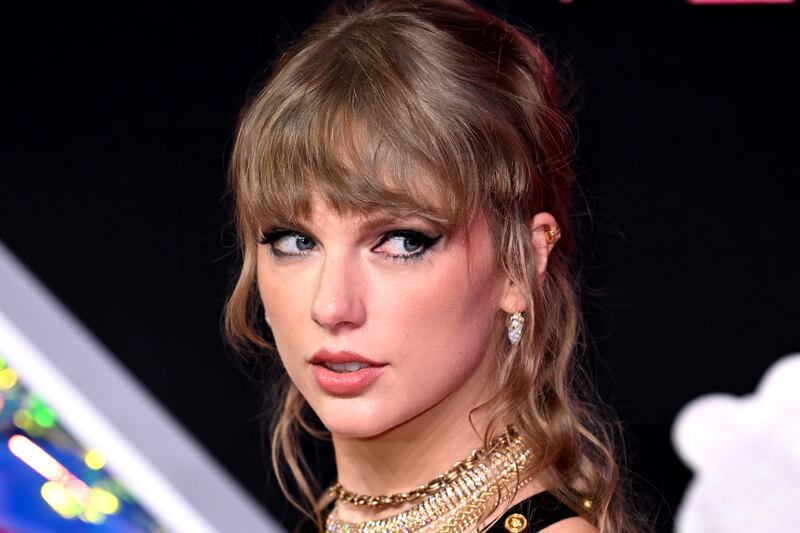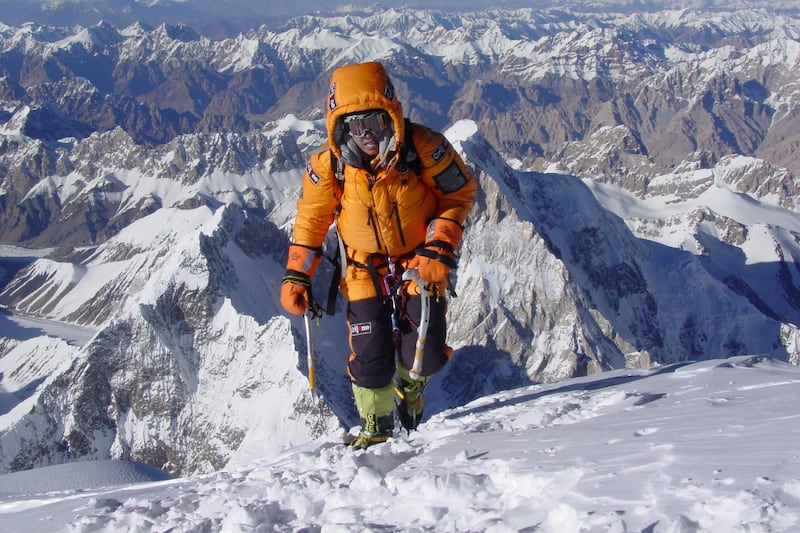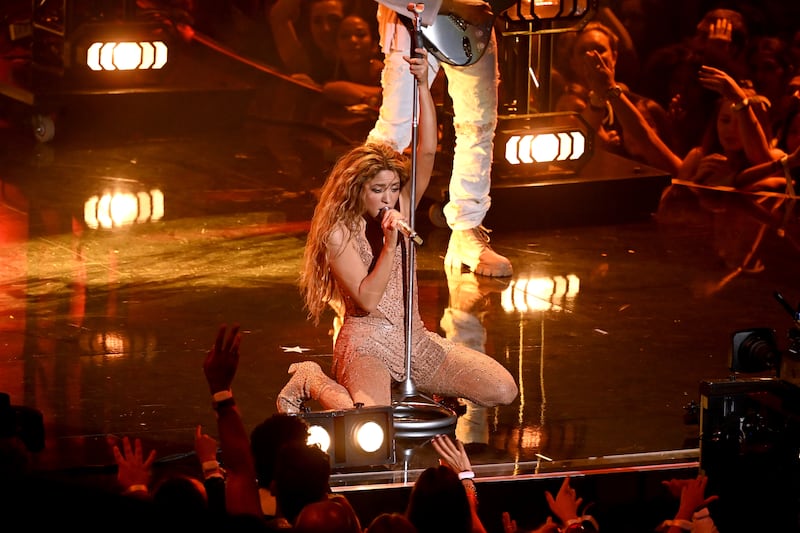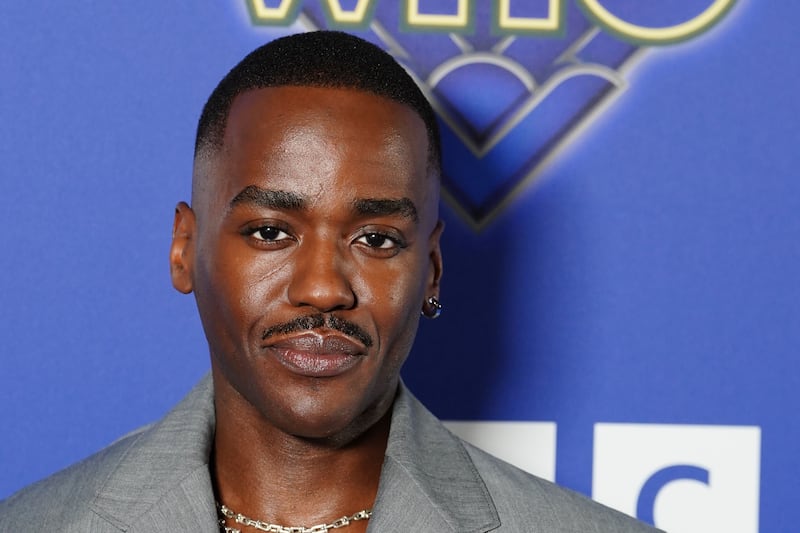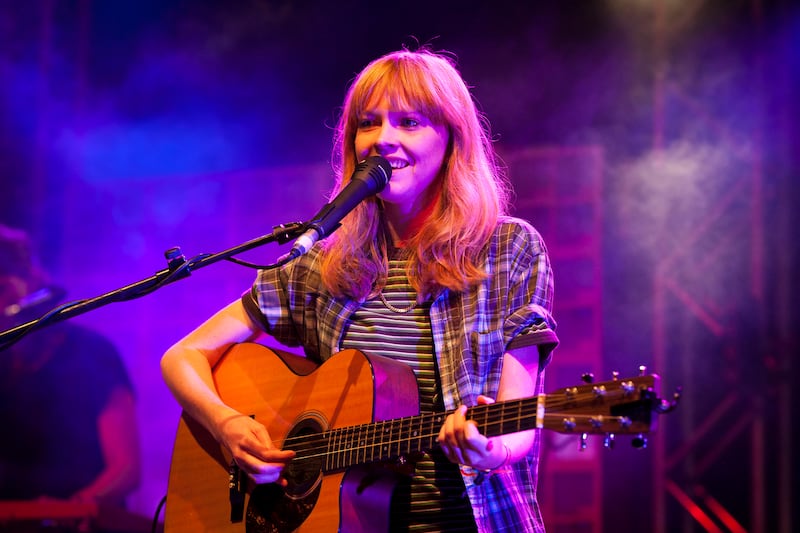Lost footage of David Bowie will be shown in the UK for the first time since it was filmed more than 20 years ago.
The experimental film was shot in 1998 by a friend and collaborator of the late music star, Professor Martin Richardson, but has been stored away in a metal chest at his studios at De Montfort University Leicester for years.
The original film shows Bowie, who died in 2016, walking towards the camera and doing various poses.
Professor Richardson, one of the UK’s leading authorities on holography (the creation of three-dimensional images) and a professor of modern holography at the university, had around 30 minutes of 35mm film of the Ziggy Stardust star, which was then used to create a giant moving hologram of him beckoning the viewer to come and join him.
He has now turned the footage into a short digital recording, which will have its UK debut screening on Friday, four years after Bowie’s death at the age of 69 and two days after what would have been his 73rd birthday.
The film will be broadcast alongside the giant hologram produced by Professor Richardson of Bowie, a 3D version of the cover photo that appeared as an insert to the rock star’s 1999 album Hours.
Professor Richardson said that Bowie “couldn’t have been nicer” during the filming process, which he said was inspired by the singer’s fascination with the “point of interaction” a user has with holography.
The pair became friends due to their mutual love of fine art after meeting at an exhibition featuring some of Bowie’s work in 1994.
The artist and academic was then asked to collaborate with Bowie based on the holograms in his studio, and he went to New York to spend time with Bowie to discuss ideas.
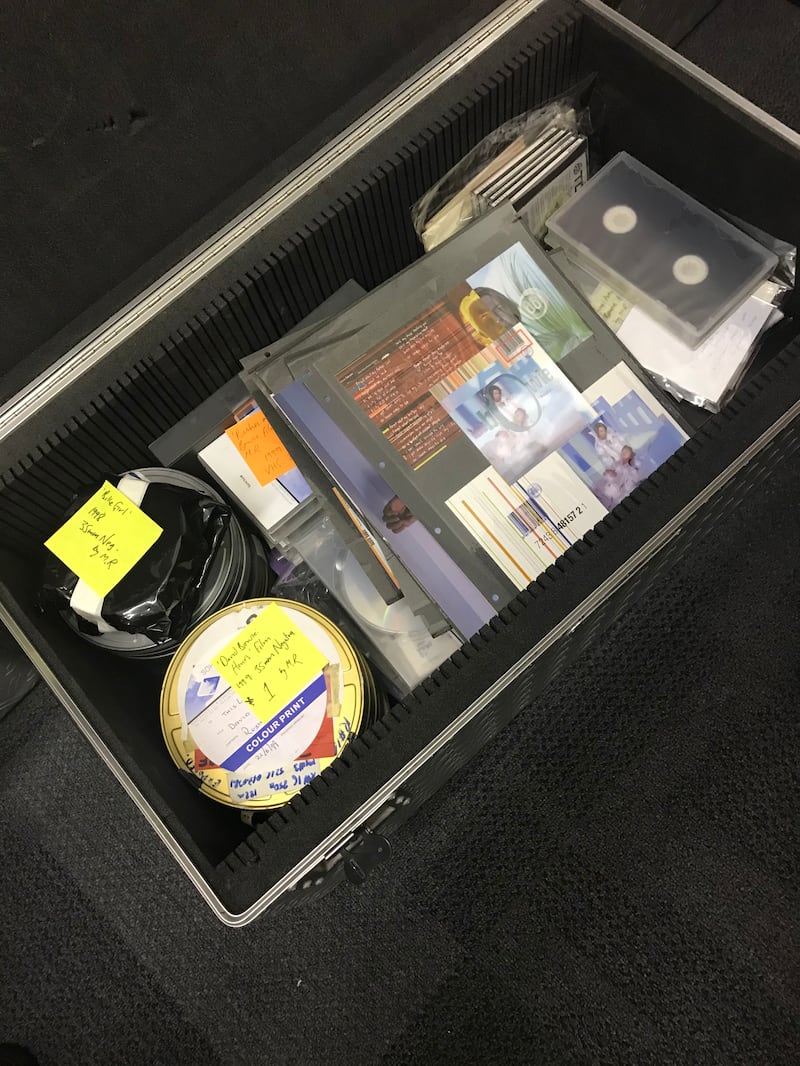
Professor Richardson said: “I would like to think of myself as creative and there is something about the creative mind that moves and jumps from one subject to another. People saw that in David and thought it was ignorance, but it wasn’t.
“It was him jumping across lots of ideas. I liked that.”
After they decided on an idea, Professor Richardson said the shoot almost did not happen due to Bowie being busy with music press interviews.
He said that he and his technical assistant waited for Bowie for six hours outside where he was being interviewed in a VW camper van.
“Bowie’s personal assistant came outside and said ‘We forgot you were here’, he opened the warehouse doors, we unloaded the kit and set-up in 15 minutes,” Professor Richardson said.
“Bowie, by that time, had de-robed and turned up wearing a green fur coat and he came up to me using his best Jack Nicholson voice saying ‘Are you okay kid?’ – he was always doing impressions.
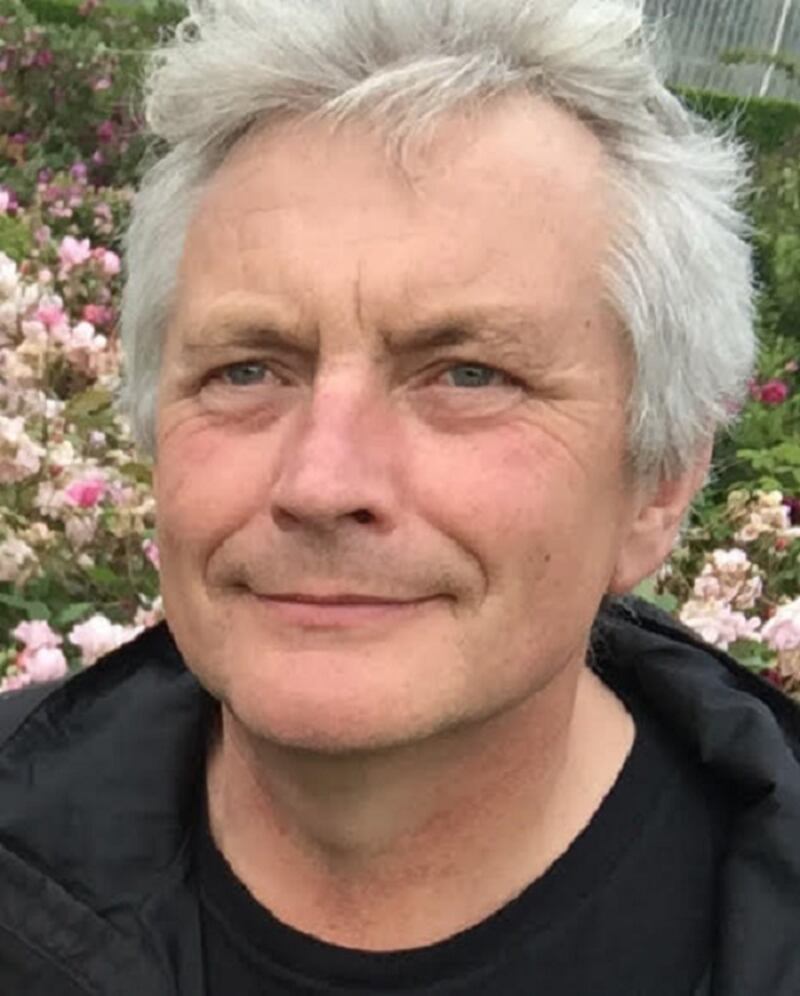
“Bowie said to me ‘When you’ve done your bloody hologram it will be up and down the width and breadth of the country. I am going to make you famous.’
“He got back on the sound stage and said ‘right, what do you want me to do’ and I thought, ‘I am going to direct David Bowie, the super rock star I idolised as a boy because of Ziggy Stardust right through to the Thin White Duke!’”
He added: “I filmed 30 minutes of David doing various poses and he could not have been nicer.
“Two weeks later we got the phone call from Virgin to commission 500,000 hologram inserts for the album Hours.”
The recording will be shown at the Bowie: Oddity To Mars immersive show at the planetarium in Leicester’s National Space Centre on Friday January 10.
